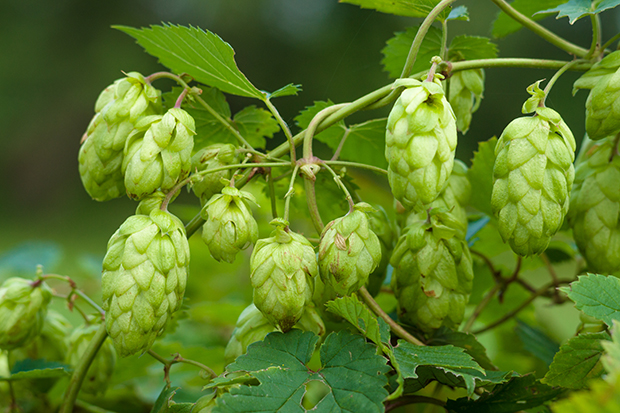
As hop farms plan for the 2017 crop, a hop report released in mid-December showed a sharp drop in yield per acre across the U.S. while overall poundage rose for the fourth straight year.
Those two numbers combined show that more acreage is being devoted to hops and it can mean a bright future for craft brewers that rely on a mass amount of aroma hops.
“As the changing landscape of the hop and brewing industries adjust together, both are working simultaneously to ensure they are communicating effectively through contracts,” said Ann George, Executive Director of Hop Growers of America. “Our growers are working hard to meet what can feel like an insatiable demand.”
According to the USDA National Agriculture Statistics Service report released December 16, production increased 11 percent in 2016, rising in all three major producing states (Idaho, Oregon, and Washington).
The 2016 hop harvest saw an increase of 8.3 million more pounds, for a total of 87.1 million pounds. Earlier this year, the USDA estimated a 16 percent increase of 91.8 million total, yet that was calculating only a three pound drop in pounds per acre on production despite an estimate of the new acreage being approximately 70 percent lower yielding of popular aroma hops. Ultimately, 2016 saw a 94 pound drop in production on pounds per acre.
“While some varieties – most notably bittering hop CTZ – didn’t fare as well due to mildew and climatic pressure, brewers are putting in orders for hops that have exciting aromas, but simply do not yield as much per acre,” said Blake Crosby, Vice President of Hop Growers of America and President of Crosby Hop Farm, LLC. “As an industry we are happy to plant these, but more acres are required to deliver the same amount, pound for pound.”
As for meeting the growing demand for breweries, USA Hops is optimistic with the majority of the acreage increase going to high-demand aromas and the USDA NASS stock reports continuing to rise, which means hops carried over from the previous harvest can still be a great option for brewers because of a long shelf life.
Crosby said that time will tell if enough hops were contracted and planted.
“The line between under and oversupply is a fine one, and it’s not good for anyone – growers and brewers – if it is crossed,” he said. “People can tend to forget this is an agricultural product that only comes once a year, and a specialty one at that, which requires much planning and preparation. Overall, as an industry we feel good about 2016, but we’ve already moved on and are working on 2017.”


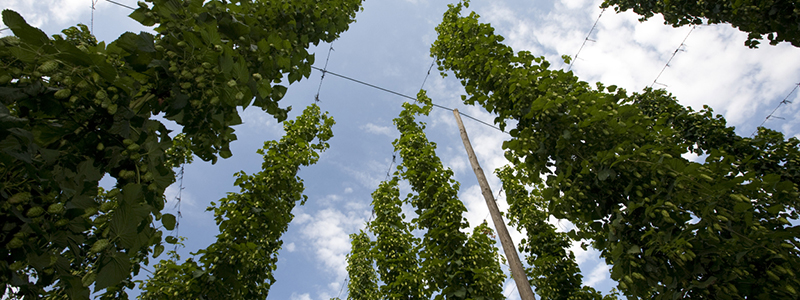
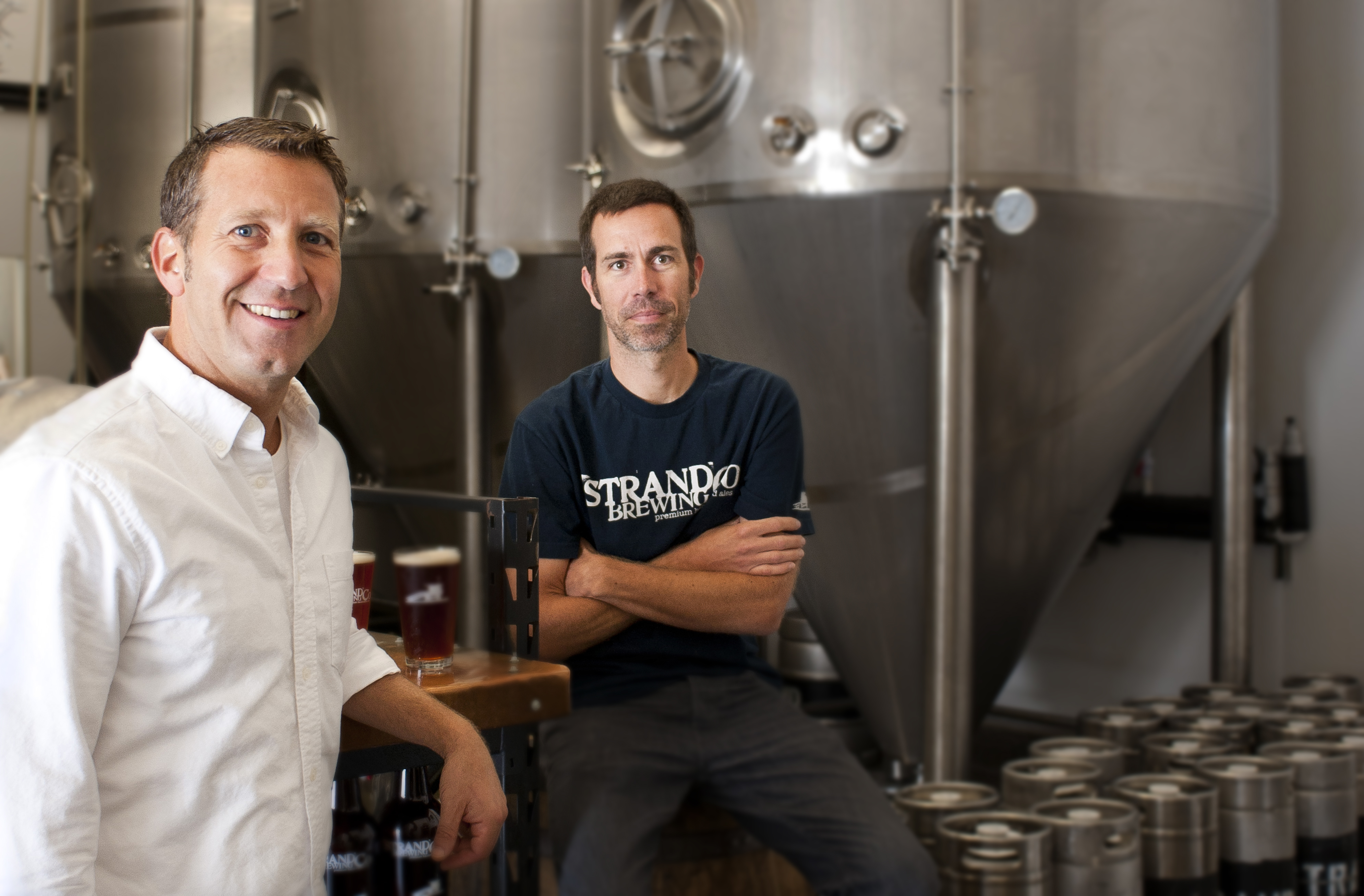
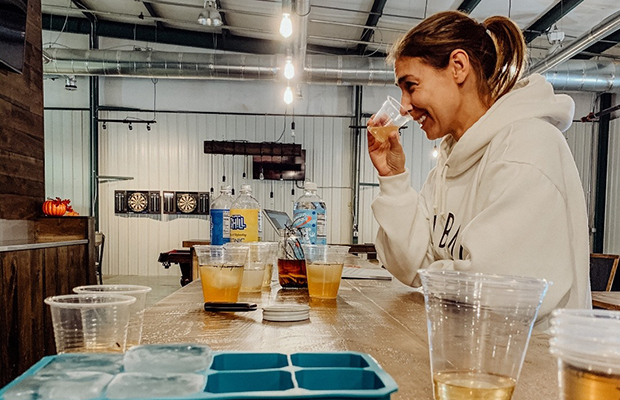
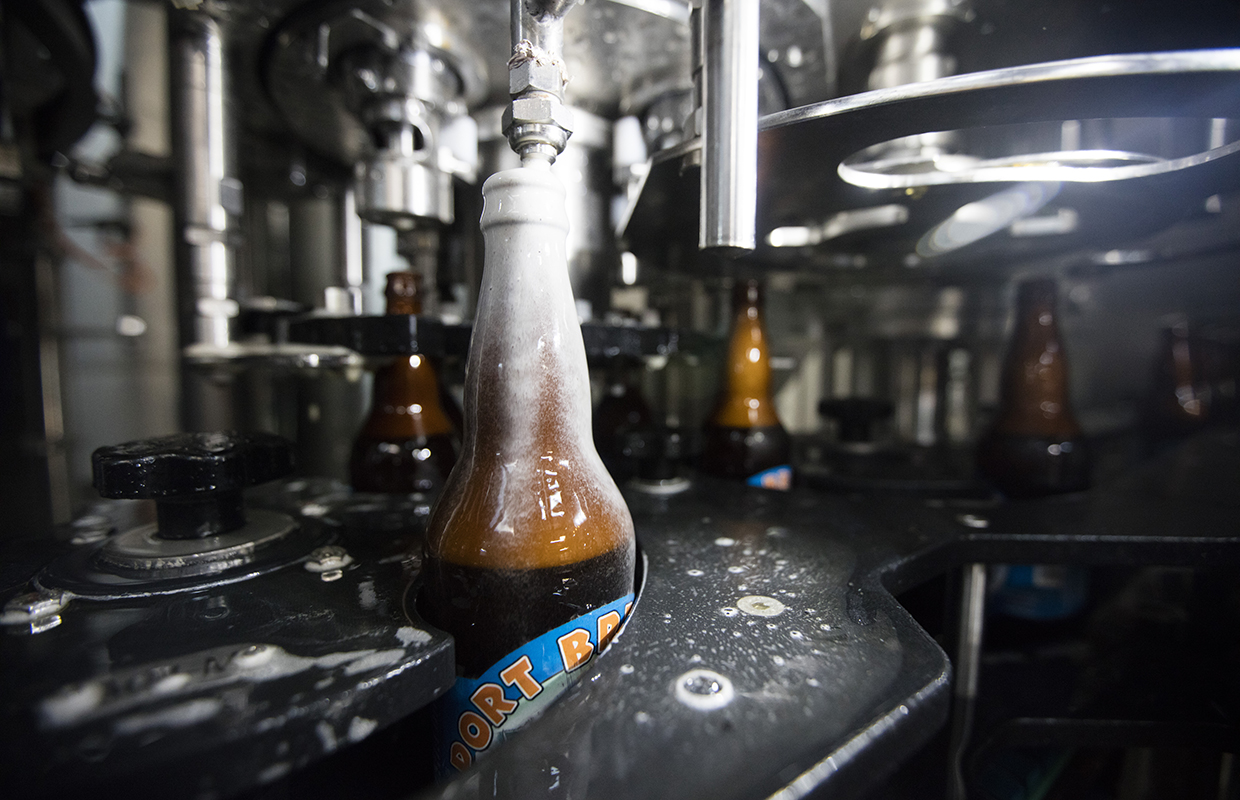
Be the first to comment